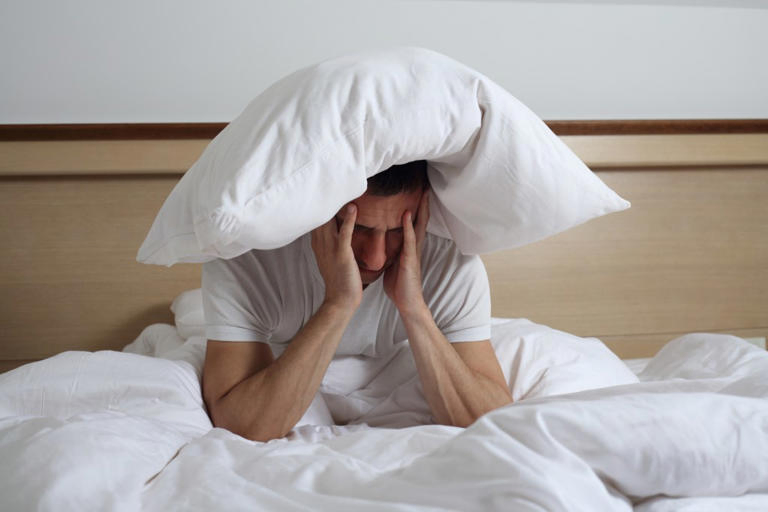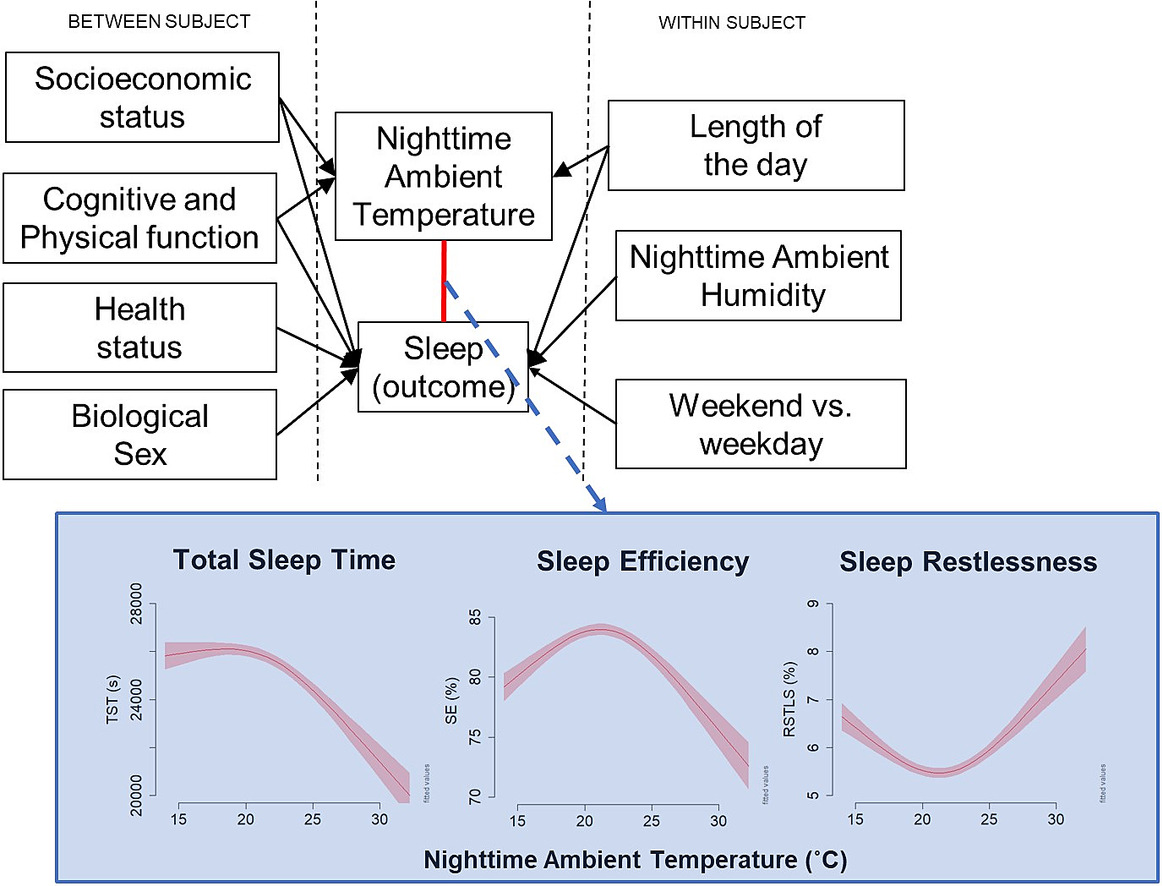Each morning, millions wake up to the same question: “How did you sleep last night?” For many, the answer isn’t reassuring. Restful nights remain elusive, making the divide between work and rest feel even thinner.
Sleep deprivation affects a staggering number of people. The Centers for Disease Control and Prevention (CDC) reports that about 35% of adults in the U.S. regularly get less than the recommended seven hours. The consequences go beyond fatigue—chronic sleep loss raises the risk of obesity, diabetes, high blood pressure, heart disease, stroke, and mental distress.
Older adults face even greater challenges. Despite needing the same seven to nine hours as younger individuals, they often struggle with disrupted sleep. Factors like changes in circadian rhythms, discomfort from chronic conditions, and medication side effects can make rest harder to come by.

The National Institute on Aging notes that sleep patterns shift with age. Many seniors go to bed and wake up earlier than they once did. Pain from arthritis, illnesses, or prescription drugs can further interfere with sleep, leaving them restless through the night.
While studies have examined the physical and behavioral causes of sleep issues, the role of the sleep environment remains underexplored. Dr. Amir Baniassadi of the Hinda and Arthur Marcus Institute for Aging Research points out, “Most research into sleep problems has focused on physical and behavioral factors, even though the sleep environment is just as influential.”
To bridge this gap, Dr. Baniassadi and his team at Hebrew SeniorLife, an affiliate of Harvard Medical School, launched a groundbreaking study. Their goal was to uncover how the sleep environment shapes the quality of rest in older adults.
Related Stories
The research team collected data from nearly 11,000 nights of sleep and environmental conditions, all gathered from a sample of 50 older adults. Using wearable sleep monitors and environmental sensors, they meticulously tracked sleep patterns and environmental factors within the participants’ homes over an extended period.
The results of this study, which have been published in the esteemed Science of the Total Environment journal, have unveiled some intriguing findings. It turns out that the ideal bedroom temperature for restful sleep in older adults falls between 68 to 77 degrees Fahrenheit. When the temperature veers outside of this range, particularly as it climbs from 77°F to 86°F, sleep efficiency can decrease by as much as 5 to 10%.
Dr. Baniassadi highlighted the significance of these discoveries, stating, “These results underscore the potential to improve sleep quality in older adults by optimizing their home’s thermal environment. It emphasizes the importance of tailoring temperature adjustments to individual needs and circumstances.”

This research also illuminated the fact that optimal bedroom temperatures can vary significantly from one person to another, emphasizing that comfort is a subjective matter. While some individuals thrived in warmer rooms, others needed a cooler environment to achieve sound sleep.
This individual variation in sleep preferences dovetails with a growing phenomenon known as the “sleep divorce.” Dr. Erin Flynn-Evans, a consultant to the American Academy of Sleep Medicine, explained, “There are benefits for some partners to sleep separately. Studies demonstrate that when one bed partner has a sleep disorder, it can negatively affect the other sleeper.” This has led many couples to revisit the concept of separate beds or even separate bedrooms, harkening back to the days of sitcom couples in the 1960s.
To accommodate these varying sleep patterns, a recent survey conducted by the American Academy of Sleep Medicine found that couples are resorting to various strategies such as earplugs, eye masks, silent alarms, and even adjusting their bedtime schedules. However, more than a third of those surveyed discovered that the simplest and most effective solution was to separate from the primary source of their sleep disturbances: their partner.
In addition to adjusting room temperature and, if necessary, sleeping arrangements, there are other well-established tips for achieving a peaceful night’s sleep. These include avoiding late-night meals and drinks, refraining from alcohol consumption, and limiting caffeine intake as the day progresses.

Dr. Baniassadi and his team are already planning their next steps, aiming to investigate the implications of a warmer climate on sleep, particularly for low-income older adults. Their ultimate goal? Developing tailored interventions to enhance the sleep environment and ensure that everyone can find respite in the arms of Morpheus.
In the end, understanding and acting upon the intricate interplay between personal preferences, environmental conditions, and sleep can play a pivotal role in enhancing our overall well-being. The key lies in paying attention, making necessary adjustments, and never underestimating the power of a good night’s sleep. The pursuit of quality rest, it seems, is an endeavor well worth the effort in our quest for a healthier and happier life.
According to Centers for Disease Control and Prevention (CDC), the World Health Organization (WHO), and the American Academy of Sleep Medicine (AASM), getting a longer night’s sleep offers several significant benefits that can positively impact your physical health, mental well-being, and overall quality of life:
In summary, getting a longer night’s sleep isn’t just about feeling rested; it’s about optimizing your overall health and well-being, both physically and mentally. Prioritizing sleep can lead to a happier, healthier, and more productive life.
Note: Materials provided above by The Brighter Side of News. Content may be edited for style and length.
Like these kind of feel good stories? Get The Brighter Side of News’ newsletter.
The post Researchers discover the ideal temperature for a healthier and more regenerative sleep appeared first on The Brighter Side of News.